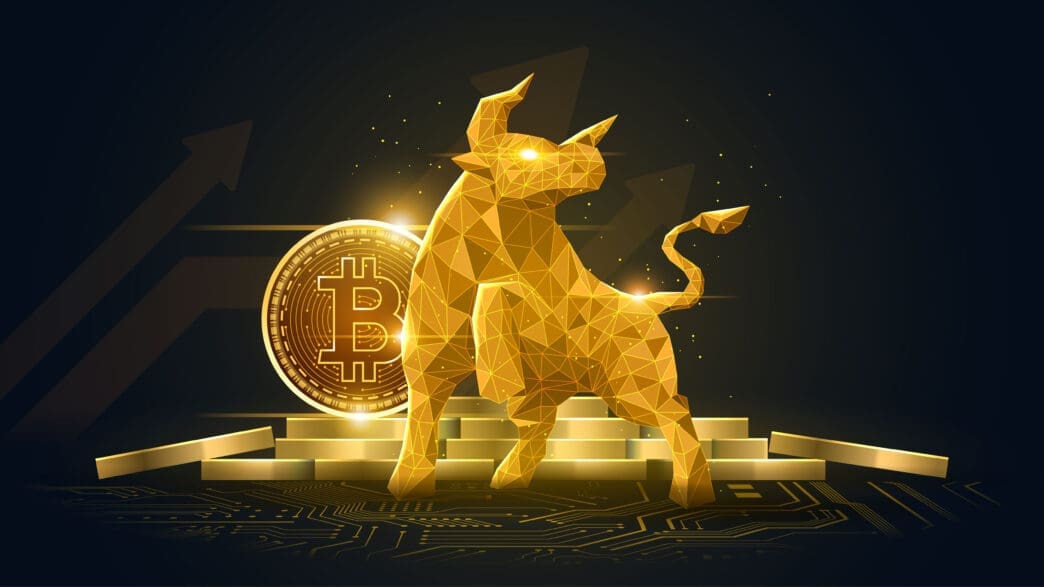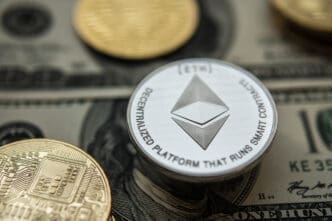Executive Summary
The Story So Far
Why This Matters
Who Thinks What?
Recent U.S. Consumer Price Index (CPI) reports are significantly influencing Bitcoin’s market dynamics, with September’s 3.0% year-over-year inflation, slightly below the anticipated 3.1%, sparking renewed interest in the cryptocurrency sector. This marginal discrepancy has emboldened investors, who traditionally view cooling inflation as a favorable condition for riskier assets like Bitcoin and Ethereum, as it often lessens the likelihood of immediate interest rate hikes by the Federal Reserve.
CPI’s Impact on Crypto Sentiment
The latest data from the U.S. Bureau of Labor Statistics indicates that inflation, while still present, is showing signs of moderation. This environment is generally perceived as beneficial for digital assets, prompting traders to closely monitor these economic signals and anticipate the Federal Reserve’s potential policy responses.
Bitcoin’s Historical Response to Inflation
Bitcoin has a notable history of reacting to CPI outcomes, with past periods of slowing inflation often coinciding with upward price movements. Following previous CPI disclosures that showed decelerating inflation, institutional investors demonstrated increased engagement, contributing to bullish trends in cryptocurrency prices. September saw Bitcoin briefly surpass the $111,000 mark before stabilizing around $110,500, illustrating its sensitivity to these economic indicators and shifting investor sentiment driven by potential Federal Reserve decisions.
The Fed’s Influence on Crypto Markets
The Federal Reserve’s policy decisions play a pivotal role in shaping investor behavior across all financial markets, including cryptocurrencies. A decrease in CPI inflation typically reduces concerns about imminent interest rate increases, fostering a more conducive atmosphere for risk-on investments. Analysts and traders are actively evaluating these economic shifts, considering how they might alter the Federal Reserve’s strategic outlook and, consequently, the future regulatory landscape for digital assets. Heightened optimism stemming from favorable CPI readings could potentially lead to increased liquidity and institutional interest in the crypto markets, driving prices higher.
Navigating Institutional Market Sentiment
As Bitcoin’s valuation continues to respond to broader economic uncertainties, institutional investors are increasingly integrating CPI trends into their investment strategies. This growing institutional engagement highlights a recognition of Bitcoin’s historical resilience amidst fluctuating economic conditions. However, a prevailing bearish sentiment among smaller holders, evidenced by negative funding rates, could paradoxically set the stage for a short squeeze if substantial institutional buying activity emerges following encouraging CPI data.
Inflation and Regulatory Frameworks
The interplay between inflation statistics and cryptocurrency regulatory frameworks is a critical factor for the digital asset space. Changes in CPI patterns could signal upcoming adjustments in regulations, necessitating that digital asset firms reevaluate their compliance strategies and customer interactions. Favorable CPI outcomes may contribute to a more lenient regulatory environment, facilitating smoother integration between cryptocurrencies and traditional fiat transactions. For crypto enterprises, staying abreast of these regulatory developments is essential to capitalize on evolving market conditions and thrive in a dynamic economy.
Key Insights
The intricate relationship between U.S. inflation reports and Bitcoin’s market performance remains a central theme for investors. Recent CPI data has demonstrably influenced cryptocurrency valuations, highlighting the deep connections between conventional economic indicators and the digital asset sector. As inflation trends continue to evolve, investors must remain vigilant, interpreting CPI metrics and their potential implications for Federal Reserve policy to make informed decisions within this rapidly moving financial ecosystem.








